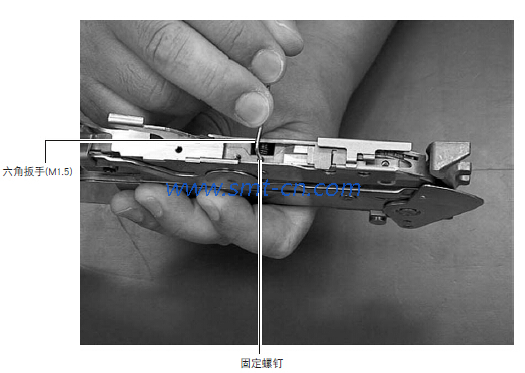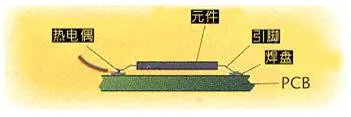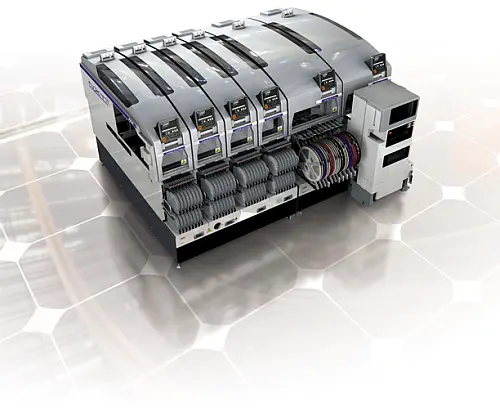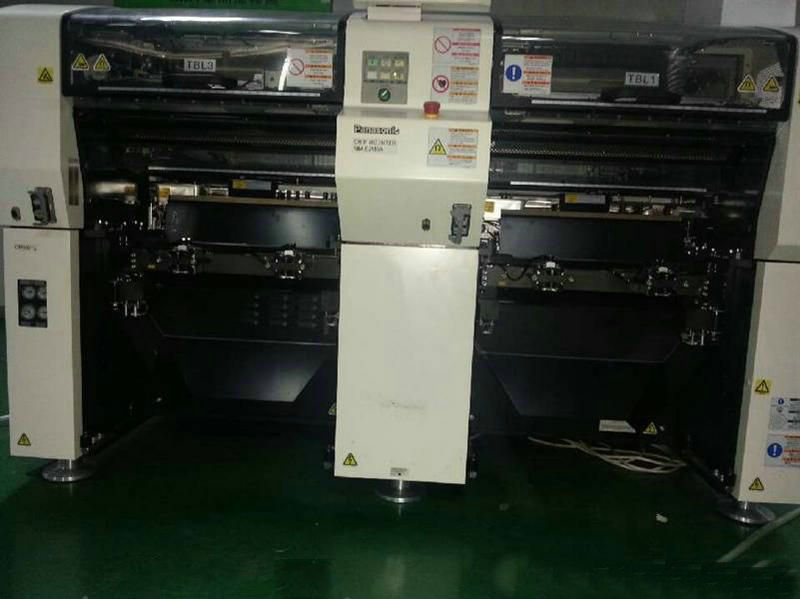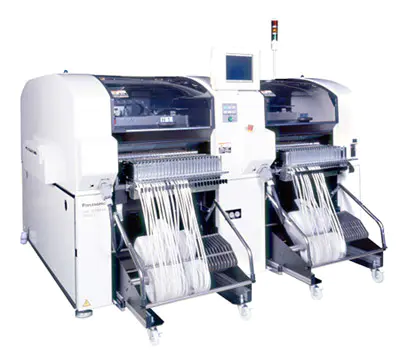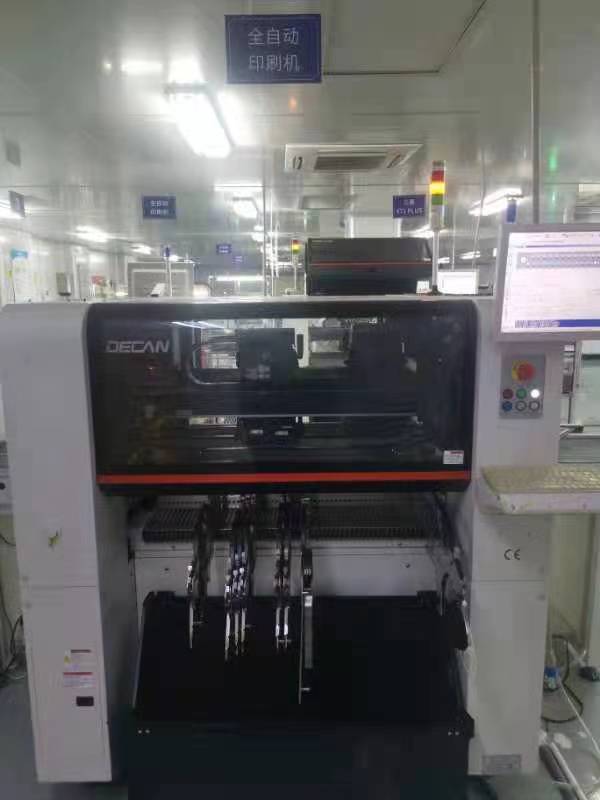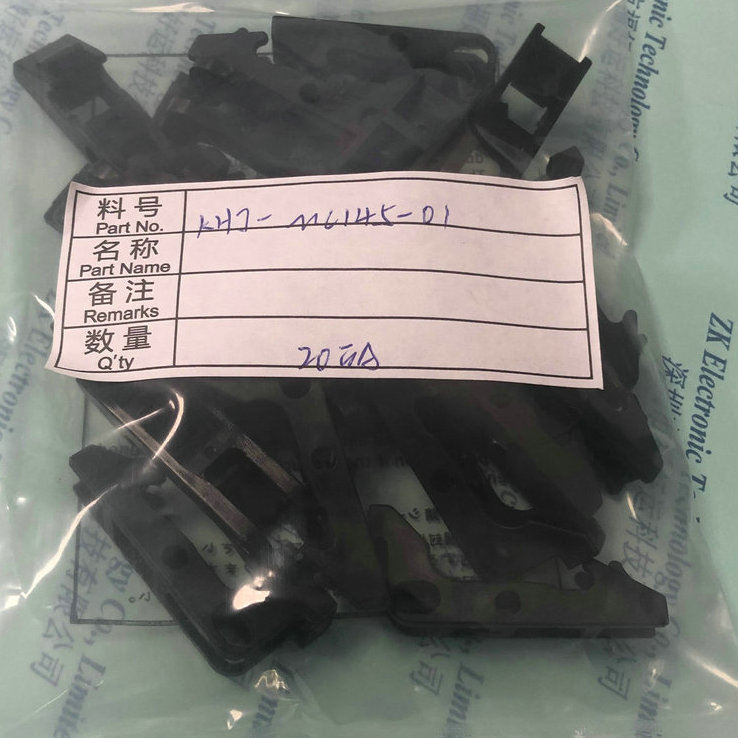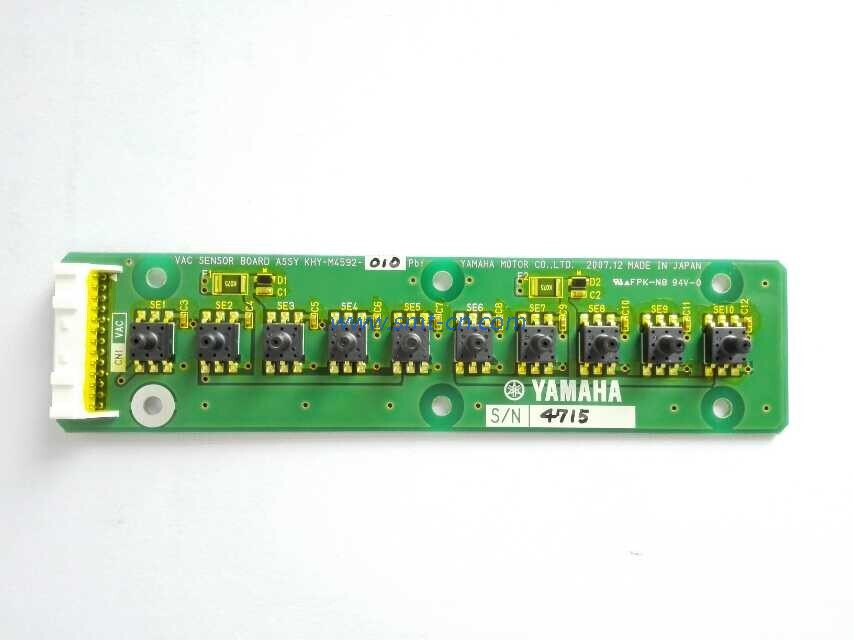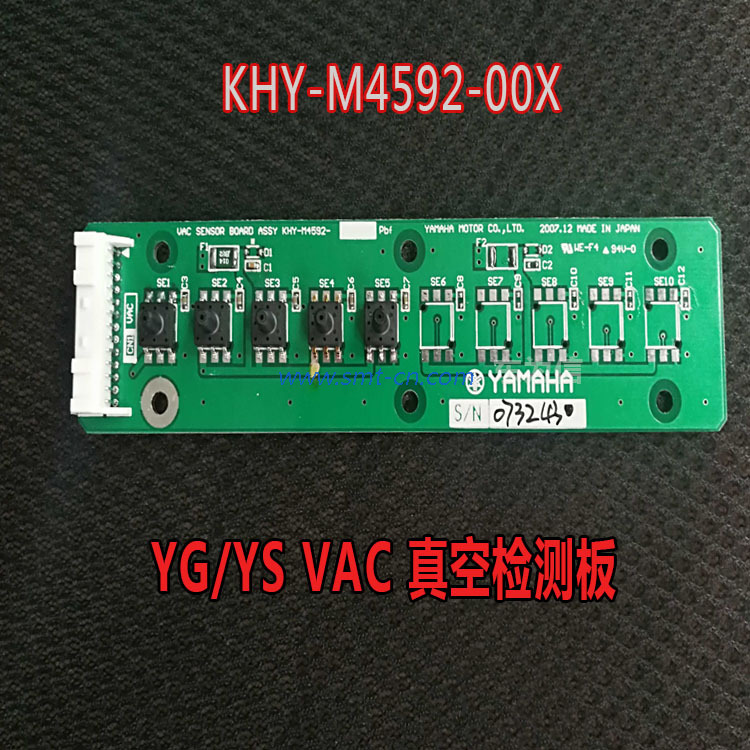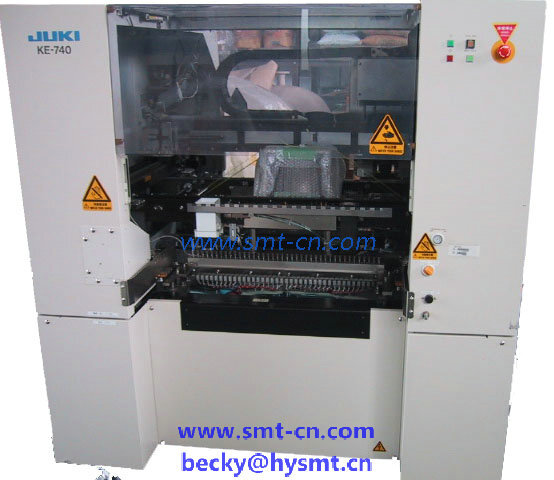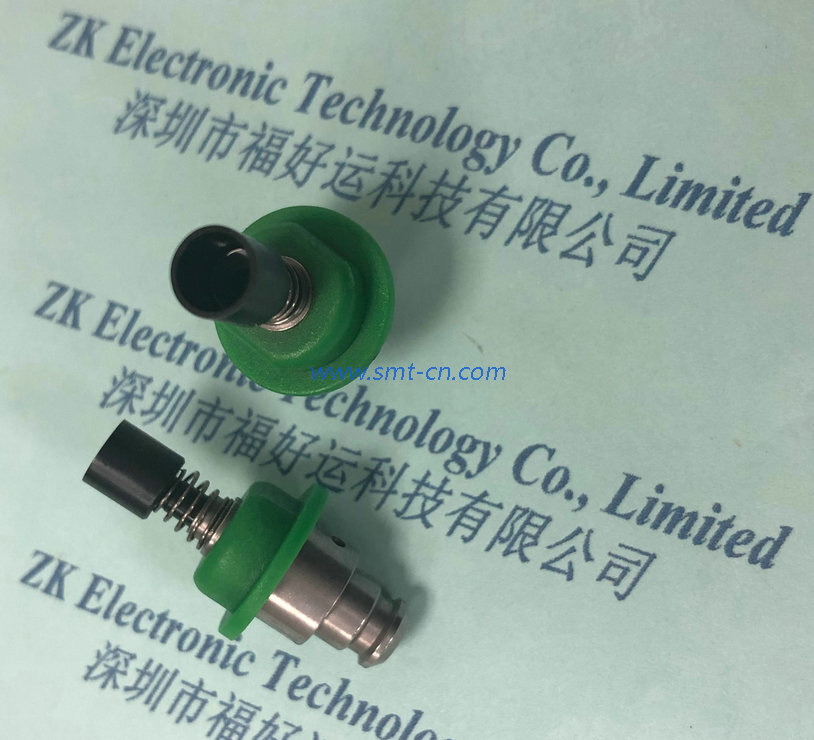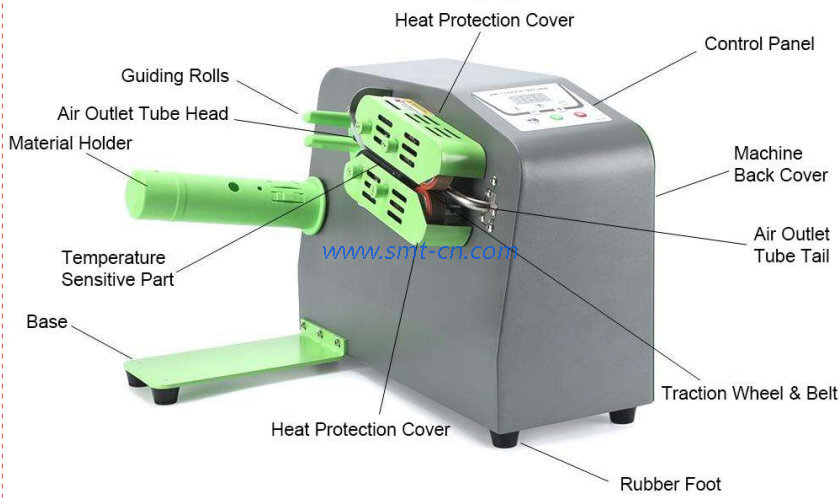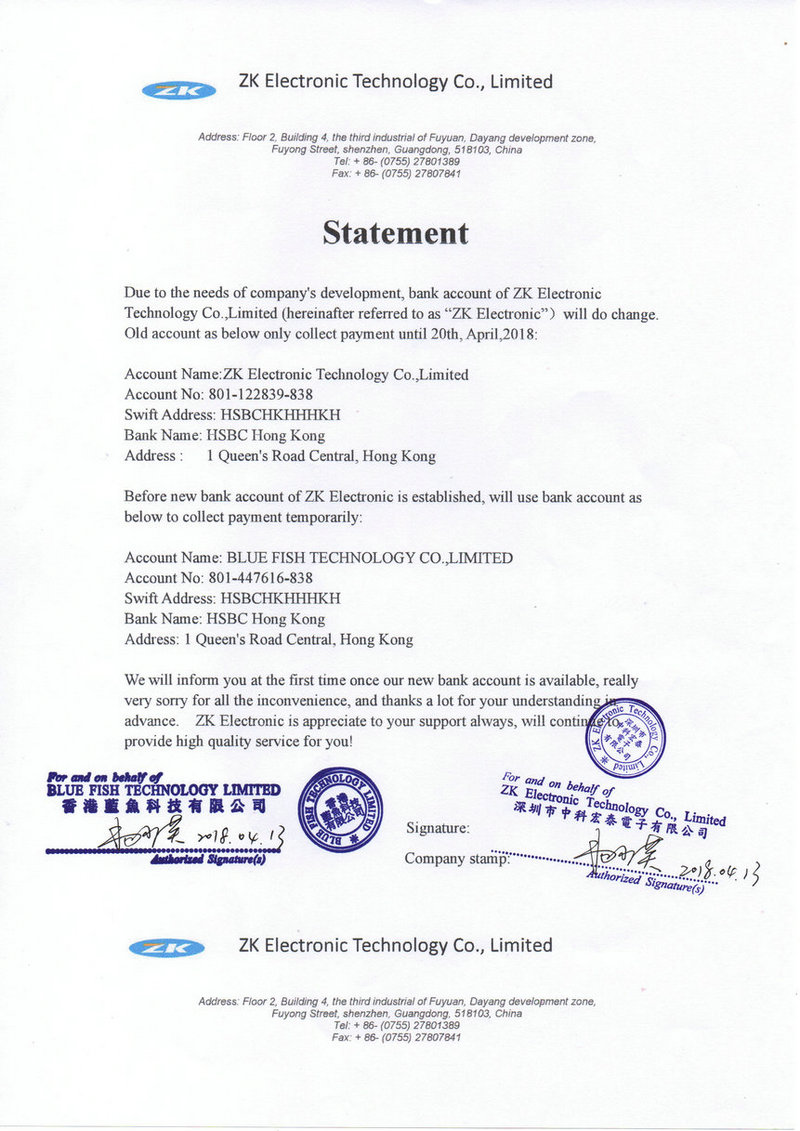NEWS
Application of AOI inspection equipment in SMT
- Categories:Industry News
- Author:Becky Su
- Origin:
- Time of issue:2022-12-30 17:56
- Views:
(Summary description)Application of AOI inspection equipment in SMT AOI inspection equipment is mainly used to detect defects in solder paste and devices: 1,Solder paste inspection is not very difficult, there are mainly two types of technology: color 3-color light source and multi-view. Solder paste detection is usually carried out after the solder paste printing, to carry out effective solder paste detection, the detection system must not only provide information on the area of the printed solder paste, but also should be able to provide volume and height information, if only consider the area information without regard to height information, the amount of solder paste on the pad is not enough will also lead to unreliable detection through. After the printed solder paste curing, the use of multi-level camera process technology, multiple lighting angles and 2-D system, it can quickly and sensitively capture the PCB, solder mask and solder paste appearance of the color change, the use of 3-D system, it can provide information about the solder paste area, as well as the height and volume of the solder paste ** information, but also according to the surface of the metal traces, PCB or solder mask, to determine the thickness of the solder paste 2,For device inspection, AOI inspection systems are usually installed before and after reflow soldering in SMT lines. The use of qualified sample-based learning and SMT-based CAD data detection, the specific technology is mainly based on the pattern recognition of pre-processed images, the former mainly uses statistical pattern recognition, through learning to establish qualified image patterns, and then through the comparison of the image of the detection object and sample image processing and arithmetic to obtain detection and identification results (1) Before reflow: The inspection is done after the components are placed inside the solder paste on the board and before the PCB is sent to the reflow oven. This is a typical location to place the inspection machine, as most defects from solder paste printing as well as machine placement can be found here. The quantitative process control information generated at this location provides information on the calibration of high speed chip machines and close pitch component placement equipment. This information can be used to modify component placement or to indicate that the placement machine needs to be calibrated. Inspection at this location satisfies the process tracking objective. (2) Post-Reflow:Inspection is performed at the *last* step of the SMT process, which is a popular choice for current AOI inspection equipment, as this location can find all assembly errors. Post reflow inspection provides a high degree of accuracy as it identifies errors caused by the solder paste printing, component placement and reflow process. Concluding remarks: A good process monitoring strategy should include a number of overlapping tools such as in-circuit testing (ICT), optical inspection, functional testing and cosmetic inspection. These processes overlap and complement each other in order to be *very* efficient.
Application of AOI inspection equipment in SMT
(Summary description)Application of AOI inspection equipment in SMT
AOI inspection equipment is mainly used to detect defects in solder paste and devices:
1,Solder paste inspection is not very difficult, there are mainly two types of technology: color 3-color light source and multi-view. Solder paste detection is usually carried out after the solder paste printing, to carry out effective solder paste detection, the detection system must not only provide information on the area of the printed solder paste, but also should be able to provide volume and height information, if only consider the area information without regard to height information, the amount of solder paste on the pad is not enough will also lead to unreliable detection through. After the printed solder paste curing, the use of multi-level camera process technology, multiple lighting angles and 2-D system, it can quickly and sensitively capture the PCB, solder mask and solder paste appearance of the color change, the use of 3-D system, it can provide information about the solder paste area, as well as the height and volume of the solder paste ** information, but also according to the surface of the metal traces, PCB or solder mask, to determine the thickness of the solder paste
2,For device inspection, AOI inspection systems are usually installed before and after reflow soldering in SMT lines. The use of qualified sample-based learning and SMT-based CAD data detection, the specific technology is mainly based on the pattern recognition of pre-processed images, the former mainly uses statistical pattern recognition, through learning to establish qualified image patterns, and then through the comparison of the image of the detection object and sample image processing and arithmetic to obtain detection and identification results
(1) Before reflow: The inspection is done after the components are placed inside the solder paste on the board and before the PCB is sent to the reflow oven. This is a typical location to place the inspection machine, as most defects from solder paste printing as well as machine placement can be found here. The quantitative process control information generated at this location provides information on the calibration of high speed chip machines and close pitch component placement equipment. This information can be used to modify component placement or to indicate that the placement machine needs to be calibrated. Inspection at this location satisfies the process tracking objective.
(2) Post-Reflow:Inspection is performed at the *last* step of the SMT process, which is a popular choice for current AOI inspection equipment, as this location can find all assembly errors. Post reflow inspection provides a high degree of accuracy as it identifies errors caused by the solder paste printing, component placement and reflow process.
Concluding remarks: A good process monitoring strategy should include a number of overlapping tools such as in-circuit testing (ICT), optical inspection, functional testing and cosmetic inspection. These processes overlap and complement each other in order to be *very* efficient.
- Categories:Industry News
- Author:Becky Su
- Origin:
- Time of issue:2022-12-30 17:56
- Views:
Application of AOI inspection equipment in SMT
AOI inspection equipment is mainly used to detect defects in solder paste and devices:
1,Solder paste inspection is not very difficult, there are mainly two types of technology: color 3-color light source and multi-view. Solder paste detection is usually carried out after the solder paste printing, to carry out effective solder paste detection, the detection system must not only provide information on the area of the printed solder paste, but also should be able to provide volume and height information, if only consider the area information without regard to height information, the amount of solder paste on the pad is not enough will also lead to unreliable detection through. After the printed solder paste curing, the use of multi-level camera process technology, multiple lighting angles and 2-D system, it can quickly and sensitively capture the PCB, solder mask and solder paste appearance of the color change, the use of 3-D system, it can provide information about the solder paste area, as well as the height and volume of the solder paste ** information, but also according to the surface of the metal traces, PCB or solder mask, to determine the thickness of the solder paste
2,For device inspection, AOI inspection systems are usually installed before and after reflow soldering in SMT lines. The use of qualified sample-based learning and SMT-based CAD data detection, the specific technology is mainly based on the pattern recognition of pre-processed images, the former mainly uses statistical pattern recognition, through learning to establish qualified image patterns, and then through the comparison of the image of the detection object and sample image processing and arithmetic to obtain detection and identification results
(1) Before reflow: The inspection is done after the components are placed inside the solder paste on the board and before the PCB is sent to the reflow oven. This is a typical location to place the inspection machine, as most defects from solder paste printing as well as machine placement can be found here. The quantitative process control information generated at this location provides information on the calibration of high speed chip machines and close pitch component placement equipment. This information can be used to modify component placement or to indicate that the placement machine needs to be calibrated. Inspection at this location satisfies the process tracking objective.
(2) Post-Reflow:Inspection is performed at the *last* step of the SMT process, which is a popular choice for current AOI inspection equipment, as this location can find all assembly errors. Post reflow inspection provides a high degree of accuracy as it identifies errors caused by the solder paste printing, component placement and reflow process.
Concluding remarks: A good process monitoring strategy should include a number of overlapping tools such as in-circuit testing (ICT), optical inspection, functional testing and cosmetic inspection. These processes overlap and complement each other in order to be *very* efficient.
Related News
CONTACT US
Hotline:(0086)755-27801389
Mobile: (0086)15323874439
Sale No.1: becky@hysmt.cn
Sale No.2: fhysmt@hysmt.cn
Sale No.3: zksale@hysmt.cn
Sale No.4: sale@hysmt.cn
Sale No.5: elsey@hysmt.cn
GIVE ME A MESSAGE
Copyright: ZK Electronic Technology Co., Ltd 粤ICP备11054297号 Powered by www.300.cn



